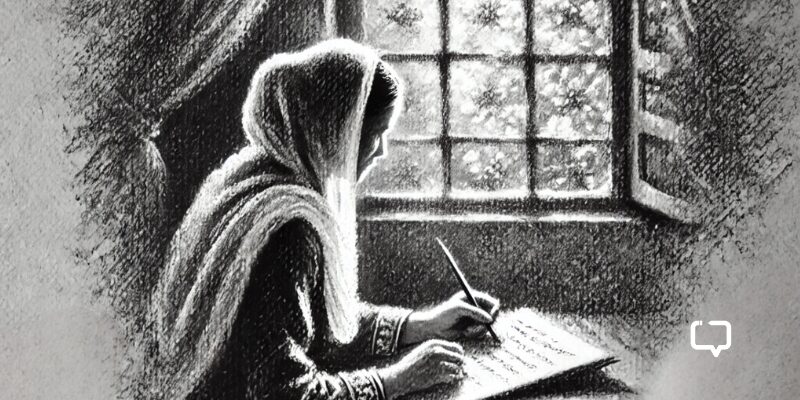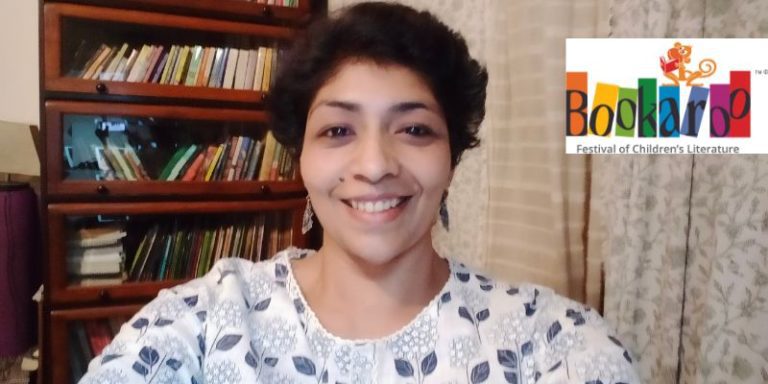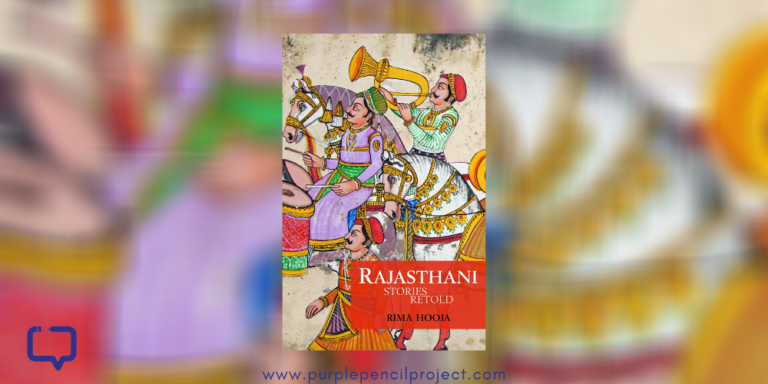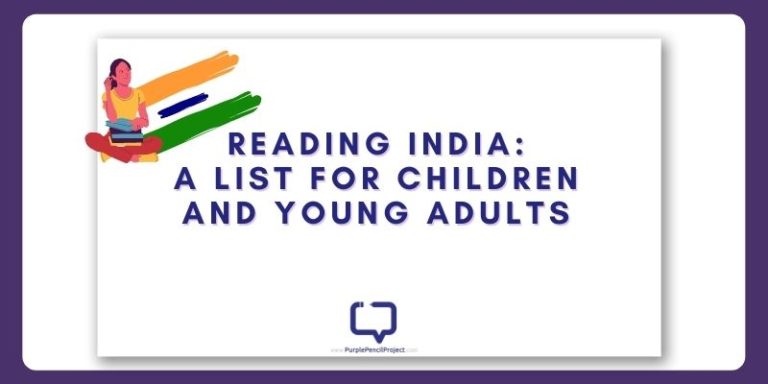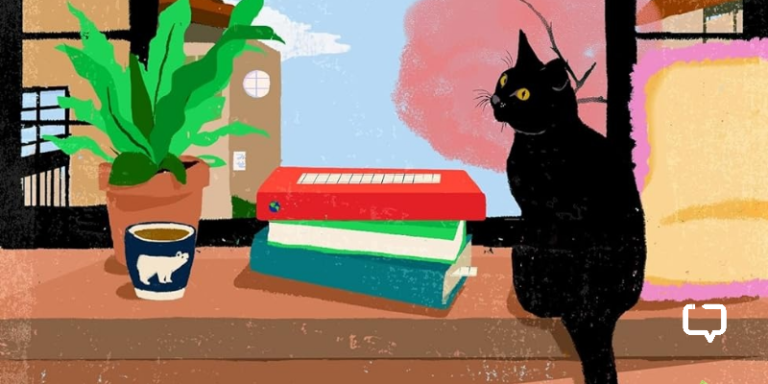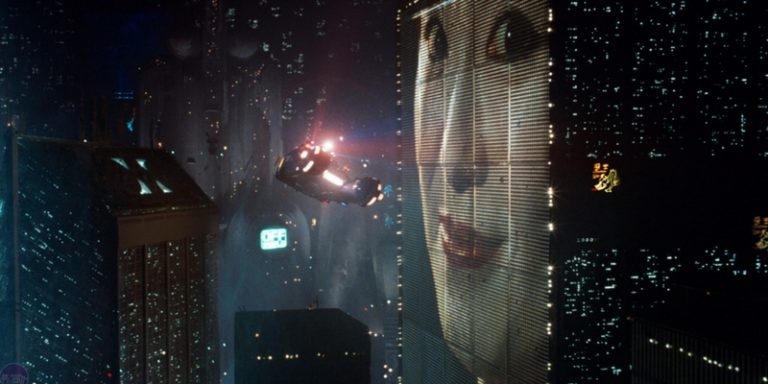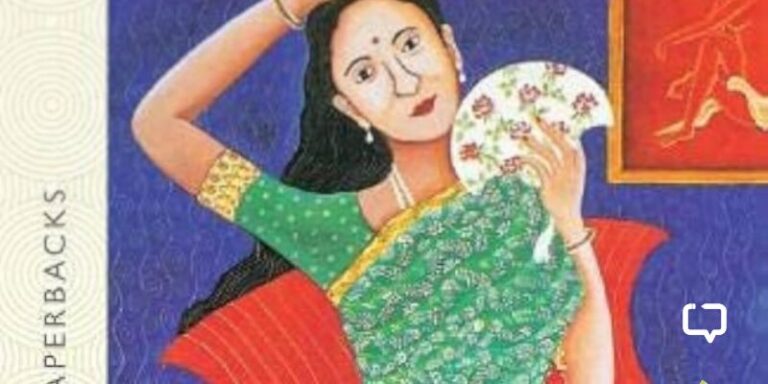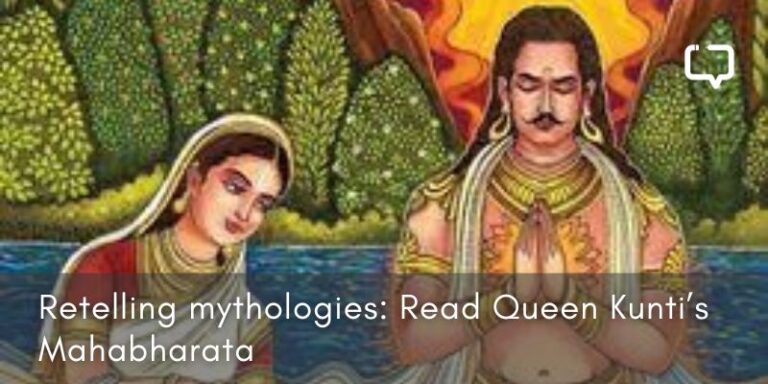Indian feminist literature has evolved significantly through the decades and centuries, reflecting the evolution of the complex socio-cultural South Asian landscape. From the earliest reformist writings to the modern explorations of gender and identity, Indian feminist literature has a wide range of voices advocating for women’s rights and challenging the mainstream patriarchal norms. In this essay, we look at numerous books and authors exploring feminism in India through the ages. Think we missed any feminist books by Indian authors? Comment below and let us know!
Historical Contexts in Indian Feminist Literature
We have divided Indian feminist literature into four distinct phases: the ancient and medieval eras, the colonial period, the post-independence era, and the contemporary timeline. Each period has shifting sociopolitical scenarios and shifts in how women’s issues were portrayed and discussed.
1. Ancient Periods (1500 BCE – 500 CE)

Feminist literature in ancient India, though sparse, exists within the broader framework of religious texts, poetry, and folklore. These works often contrast sharply with the more predominant patriarchal narratives of the time. The Rigveda, one of the oldest texts in Indian history, mentions women sages like Gargi and Lopamudra, who held empowered and respected roles in society. Gargi, for instance, was a renowned philosopher who challenged male sages in intellectual debates.
Similarly, Lopamudra, also known as Kaushitaki and Varaprada, a philosopher, contributed hymns to the Rigveda that express her sexual longings as she urges her husband, sage Agastya, to focus on her over his rituals. Despite the largely patriarchal society, these instances highlight a complex understanding of gender roles in ancient India.
Recommended Reading: Untangling the Threads: Exploring Male Gaze in Indian Mythologies
2. Medieval Period (500 CE – 1500 CE)
Despite the rigid patriarchal structures growing further in medieval India, many women saints and poets challenged the existing societal norms through diverse creative expressions. Devotional poetry was one powerful medium for women to share their experiences, defying the orthodox religious practices around them. Many women, such as Mirabai and Akka Mahadevi, were part of the Bhakti movement (that began around the 6th century CE).
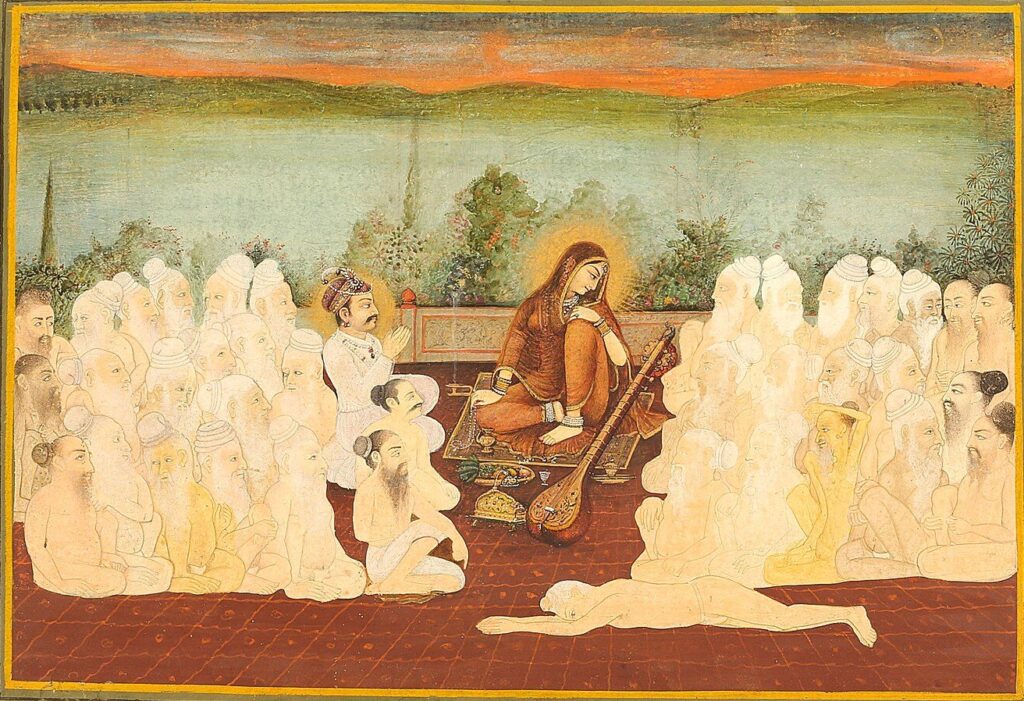
Mirabai (1498-1547) was a Rajput princess who became a saint and wrote many passionate devotional songs dedicated to Lord Krishna (Read Songs of Mirabai). She refused traditional marital roles and prioritised her personal and mystical experiences over societal expectations. Similarly, Akka Mahadevi (1130-1160) was a Kannada poet-saint who renounced her material possessions and wrote devotional poetry. Her verses boldly rejected the societal restraints on women and portrayed her infinite love for the divine.
But this wasn’t restricted to specific regions. We find women poets across the subcontinental regions and languages. For instance, Chandrabati, the first woman known to write Bengali poetry, wrote a feminist retelling of the Ramayana in the late 16th century that focused on the perspectives of its women characters.
3. Colonial Period (1757-1947)
The colonial era brought various sociocultural and political changes, and with those changes sprung reform movements like the Brahmo Samaj and Arya Samaj, which advocated for women’s rights and education. Moreover, British colonisation brought Western ideas of democracy, liberty, and individual rights to the subcontinent, which gradually started seeping into the Indian subconscious. These intermixing circumstances created the groundwork for a new wave of Indian feminist literature and thought.
The exposure to Western education and ideals inspired many reformers to challenge the existing hierarchies, with reformers like Raja Ram Mohan Roy and Ishwar Chandra Vidyasagar campaigning against orthodox and discriminatory practices like Sati and child marriage while advocating for widow remarriage and women’s education. In this period, many schools for girls were also established that would play an important part in the many women writers in the decades ahead.
Recommended Reading: Must-Read Memoirs by Women
With a rise in women’s education, more and more female writers were voicing their experiences and challenging the rules of the society they inhabited. For instance, Toru Dutt (1856-1877) translated many Sanskrit texts into English and wrote Le Journal de Mademoiselle D’Arvers, the first French novel by an Indian. Pandita Ramabai (1858-1922), a feminist and social reformer, wrote against the many oppressive customs Indian women faced. Her book, The High Caste Hindu Woman, is a critical look at the plight of upper-caste women, showing issues like child marriage, lack of education, and the harsh treatment widows faced.
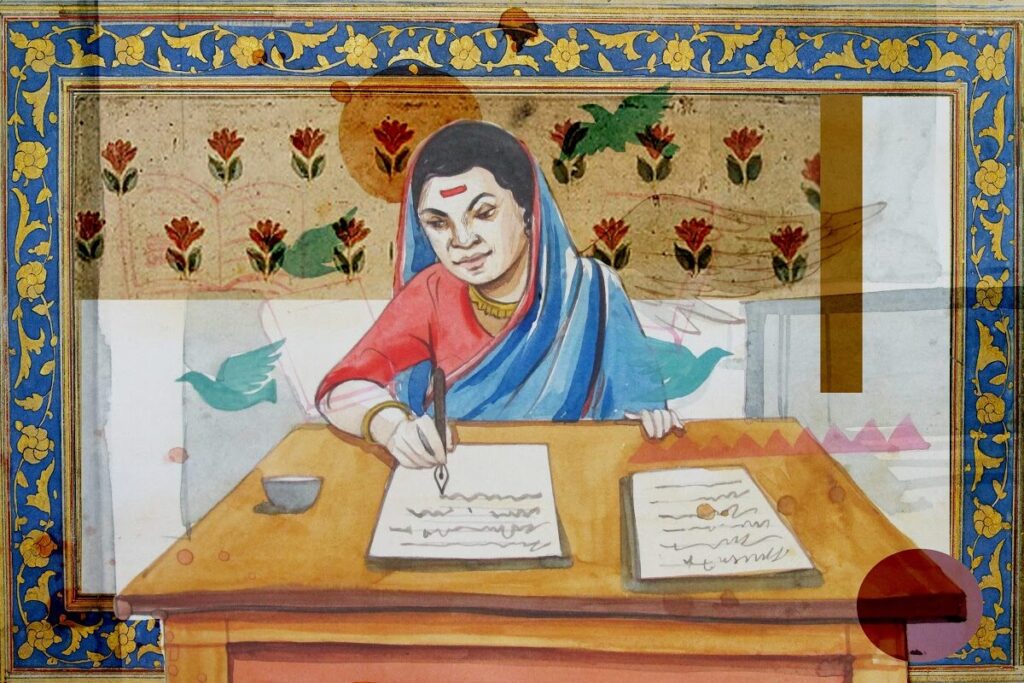
Then there was Tarabai Shinde’s Stri Purush Tulana (1882), often considered the first modern Indian feminist text. The book compares the lives of men and women to expose the deep-rooted gender inequalities existing in society. Similarly, Rassundari Devi’s autobiography, Amar Jiban (1876), showed the life of a Bengali woman in the 19th century and her struggle for literacy and the right to public self-expression.
As the independence movement gained pace, feminist themes started interlacing with nationalistic goals more often. Sarojini Naidu (1879-1949), for instance, wrote both for women’s rights and nationalistic goals. Her poetry celebrated womanhood and resilience, and her own political journey highlighted the critical part of women in the independence movement.

Other feminist authors of the time include Cornelia Sorabji, the first woman to read law at Oxford, who wrote several books like Shubala: A Child-Mother and Love and Life Behind the Purdah, to K. Saraswathi Amma, whose scathing attacks on patriarchy were dismissed as “man-hating” in her time. Sultana’s Dream by Rokeya Shekhawat Hossain is one of the earliest examples of science fiction in Indian literature. The book imagines a world dominated by women, with the story embodying Rokeya’s brand of feminism.
The feminist literature of colonial times was paramount to envisioning a new idea of India, where social reforms were being encouraged by highlighting the many injustices women faced on a regular basis. The works of feminist writers in this period paved the way for the many future feminist strains in India, inspiring the generations to come.
4. Post-Indpendence Era (1947 – late 20th century)
Though the post-independence period was filled with optimism and jubilation, the realisation that the country’s social problems were far from over was also present. While the Indian Constitution, adopted in 1950, gave equal rights to women, just like caste, societal practices and attitudes remained regressive. Different literary and cultural movements, notably the Progressive Writers’ Movement, allowed authors to critique social hierarchies and dogmas to inspire change.

The movement started in the 1930s and gained momentum in the post-independence era as writers could focus more on social issues over the larger nationalist discourse. Feminist writers like Ismat Chughtail (1915-1991) were part of this movement. Her works, like Lihaf, talked of female sexuality and gender oppression, challenging societal taboos.
Other authors included Lalithambika Antharjanam (1909-1987), whose works, like Agnisakshi (1976), portrayed the complicated roles of women at the intersection of family and society, Amrita Pritam (1919-2005), whose books like Pinjar (1950) drew the trauma associated with partition and its impact on women, Kamala Das (1934-2009), whose poems and short stories unambiguously explored female desire, sexuality, and the hypocrisies of our patriarchal society, with her autobiography, My Story (1976), frankly laying out her journey and experiences, and Mahasweta Devi (1926-2016), who advocated for the rights of tribal women and marginalized groups through her works, such as Bedanabala and Breast Stories, intersecting ideas of gender, class, and caste.
The period also saw many accounts of the traumatic memories surrounding Partition and the women’s experiences of the tragedy, and these books and memoirs somewhat helped break the collective amnesia around the subject. For instance, Urvashi Butalia’s The Other Side of Silence (2000) and Kamla Bhasin and Ritu Menon’s Borders and Boundaries (1998).

The period also saw many independent publishing houses being established, most notably Kali for Women by Urvashi Butalia and Ritu Menon in 1984, which was critical in furthering Indian feminist literature. Kali for Women and its successors, Zubaan Books and Women Unlimited, have published various women writers, both original and translated works, such as Manjula Padmanabhan, Bulbul Sharma, and Vandana Shiva.
Recommended Reading: Women and Comics in India
In the last two decades of the century, a host of Indian feminist writers made their mark on the national and international stages, particularly with the Indian economic liberalisation. Indian aspirations rose, and with them, many new voices and stories gained prominence. It included Arundhati Roy (with her Booker-winning The God of Small Things and later, The Ministry of Utmost Happiness, addressing the socio-political realities of modern India), Ambai (A Night with a Black Spider: Stories), Anita Desai (In Custody) and Manju Kapur (Difficult Daughters), leading the way to a new century marked by a plethora of diverse feminist writings.
To summarise, post-independence Indian feminist literature was important in creating a discourse around the issues women and other marginalized groups face. It boldly challenged the dominant traditional ideas and spoke on taboo subjects to encourage thus-ignored voices.
5. Contemporary Period (21st century)
Contemporary Indian feminist literature marks a more nuanced understanding of intersectionality as it addresses issues of caste, sexuality, migration, and globalization. This period has seen an explosion of a myriad of voices and perspectives that represent the diverse nature of Indian society. Bama’s Karukku (1992) and Meena Kandasamy’s When I Hit You are some examples of this intersectional approach in contemporary feminist writing, where the authors depict the unique struggles Dalit women face.

Contemporary Indian feminist literature saw an increased intersectionality with other pertinent issues of caste, sexuality, and migration. While authors like Jhumpa Lahiri (The Namesake, Unaccustomed Earth) and Bharati Mukherjee (Desirable Daughters) captured the experiences of the women of the Indian diaspora with questions around identity, belonging, and cultural assimilation in an increasingly globalized world.
Recommended Reading: Finding Home in Literature: Indian Diasporic Fiction
Recent years have seen an increasing recognition of LGBTQ+ issues, with writers like Manobi Bandopadhyay and Living Smile Vidya sharing their personal stories and throwing light on the struggles of the transgender community. Their works help toward a broader understanding of gender and sexuality by challenging traditional binaries.
Contemporary Indian feminist literature increasingly represents marginalized groups, whether it’s rooted in sexuality, language, caste, or religion. For example, Urmila Pawar’s The Weave of My Life (2009) and Salma’s The Hour Past Midnight (2009) are nuanced portrayals of their communities. Furthermore, the commercial success of memoirs like Baby Haldar’s A Life Less Ordinary (2006) encourages more such publications.

Authors like Twinkle Khanna (Mrs Funnybones, 2015) explore family dynamics and domestic life with humour and insight, while others like K.R. Meera (Qabar, 2020) tackle more harrowing themes of violence in society.
Hence, contemporary Indian feminist literature continues to challenge societal norms to push for greater gender equality and social justice. By addressing issues of caste, sexuality, and migration, these writers create a more inclusive understanding of feminism. Furthermore, the advocacy and awareness these works generate contribute to a greater societal acceptance of diverse experiences.
List of Feminist Authors and Book Recommendations by Genre
Here are some book recommendations by genre that should help you get started with Indian feminist literature or find a specific genre title. Note that the titles mentioned above have not been included in this list.
1. Mythological Retellings
This genre has been a rage in the past two decades, with several reinterpretations of traditional epics and legends giving a voice to often sidelined or misrepresented characters.
- Incantations over Water by Sharanya Manivannan submerges into the deep blue oceans of diasporic longing and folklore.
- Aranyaka by Amruta Patil is a mythographic tale re-written through a feminist lens, weaving pre-Vedic concepts with lessons gathered from Aranya.
- The Palace of Illusions by Chitra Banerjee Divakaruni is a reimagining of the Indian epic, the Mahabharata, from the perspective of Draupadi.
- The Forest of Enchantments by Chitra Banerjee Divakaruni is a retelling of the Ramayana from Sita’s point of view.
- Yashodhara by Volga, translated from Telugu by P S V Prasad, brings the titular character to life, making her a woman of flesh, blood and intellect, and one not identified by her husband.
- The Liberation of Sita by Volga, translated from Telugu by T. Vijay Kumar and C. Vijayasree, is a collection of short stories that imagines Sita’s meeting with characters who were marginalized and voiceless in their earlier representations.
Recommended Reading: 15 Must-Read Indian Mythological Women Writers
2. Memoirs and Biographies
What better way to understand diverse perspectives than personal accounts? Memoirs and biographies help shed light on the broader social issues through individual stories.
- Fit In, Stand Out, Walk by Shailini Sheth Amin is perfect for anyone looking for female entrepreneurial inspiration in the predominantly male genre of business memoirs.
- Heart Tantrums by Aisha Sarwari is a book of dilemmas, reality checks, and resilient hope amidst abuse, misogyny, and trauma.
- How I Accidentally Became A Global Stock Photo: and Other Strange and Wonderful Stories by Shubnum Khan is a coming-of-age story with a witty yet empathetic take on gender discrimination, racial prejudice, Islamophobia, and social media infiltration.
3. Non-Fiction
This category includes titles that can be essays, guides, or simply an exploration of social, political, or cultural issues from a feminist perspective.
- A Guide to Feminism by Sindhu Rajasekaran is a nuanced, detailed depiction of the urban Indian feminist in modern society.
- Women Who Only Wear Themselves by Arundhathi Subramaniam is a collection of four essays that challenge the dogmatic expressions of the world.
- Courting Hindustan: The Consuming Passions of Iconic Women Performers of India by Madhur Gupta portrays the lives and times of 10 spectacular women who have either been forgotten or silenced throughout history.
- The Twentieth Wife by Indu Sundaresan captures the drama of the lives of the Mughal kings and queens.
4. Literary Fiction
Books in this genre often depict complex human experiences through stylistically crafted stories about gender, identity, and social norms.
- Five Novellas About Women by Indira Goswami, translated from Assamese by Dibyajyoti Sarma, is a must-read collection of feminist fiction set in different Indian locales.
- Subversive Whispers by Manasi, translated from Malayalam by J Devika, is a short story collection about women and their struggles in myriad forms.
- Tomb of Sand by Geetanjali Shree, translated from Hindi by Daisy Rockwell, captures the essence of the postmodern patriarchal Indian middle class with the story set across the subcontinent and its borders.
- Mai by Geetanjali Shree, translated from Hindi by Nita Kumar, contains profound stories of love and loss.
- The Dark Abode by Sarojini Sahoo, translated from Odia by Mahendra Kumar Dash, symbolically depicts the psychological issues of a middle-class woman.
- A Terrible Matriarchy by Easterine Kire is a story about the suppression of Naga women in the male-dominated society of the colonial and post-colonial eras.
- Magical Women, edited by Sukanya Venkataraghavan, is an anthology of fantasy, romance and reality of what being a woman entails.
Conclusion
Indian feminist literature is continually evolving to reflect the changing realities of the nation and its women. Through decades and centuries, women authors have inspired change by boldly standing against patriarchal rules and playing a critical role in the feminist movement. If you enjoyed this piece, you might also like our conversations with the following authors:







